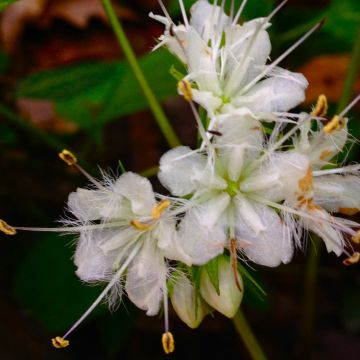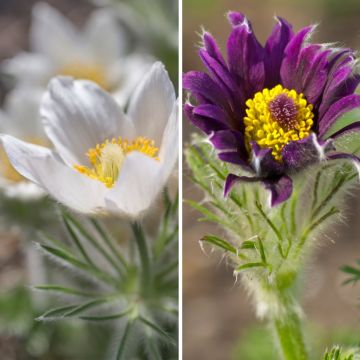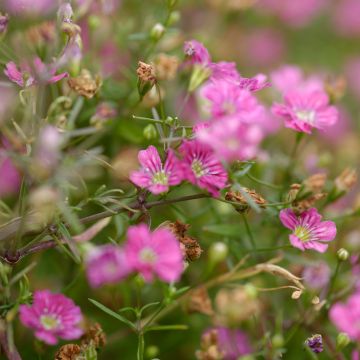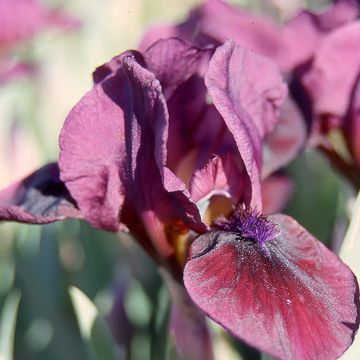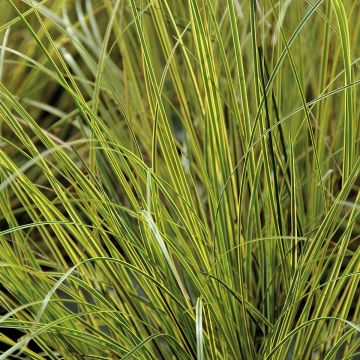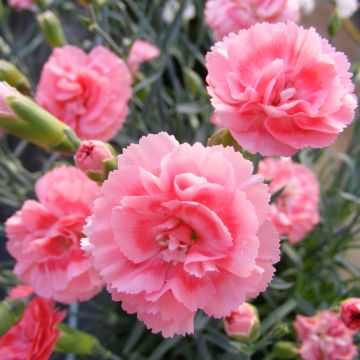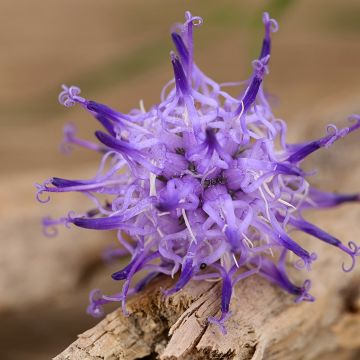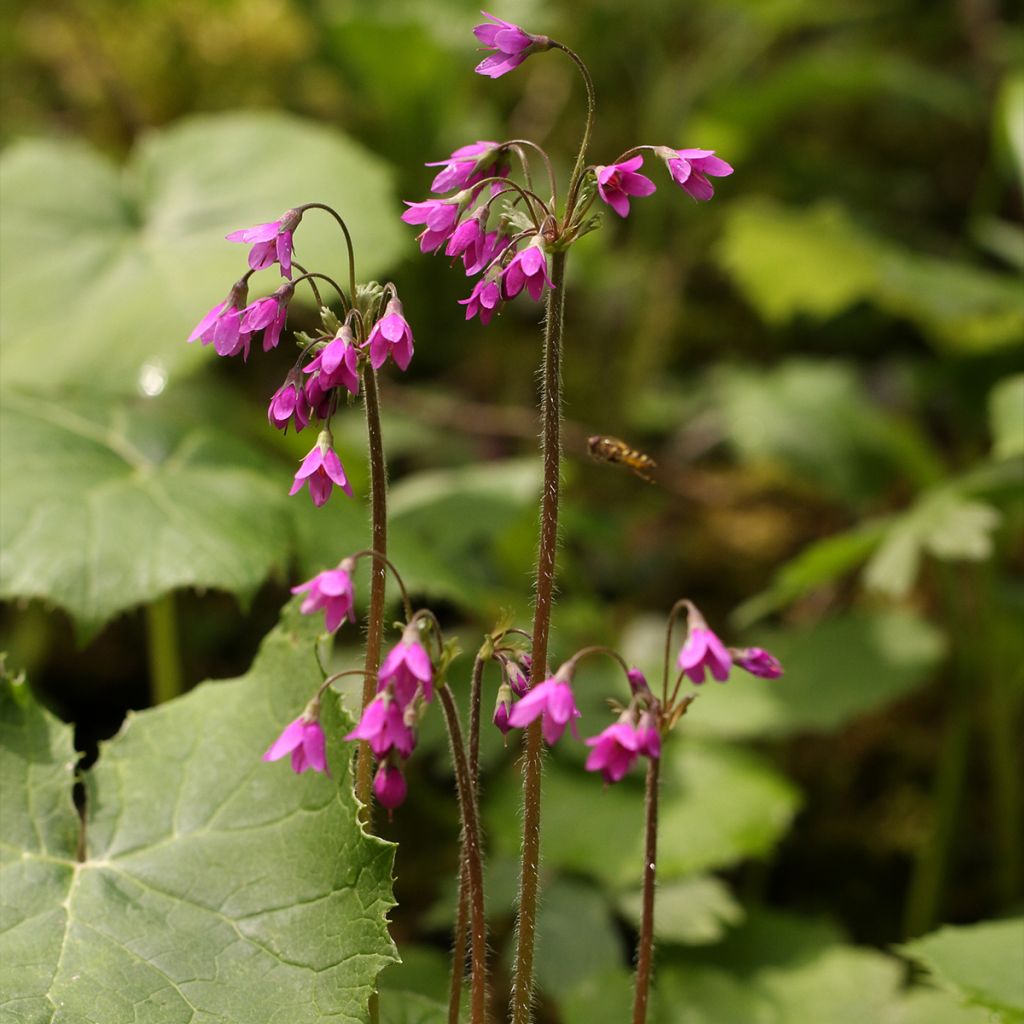

Cortusa matthioli ssp. pekinensis
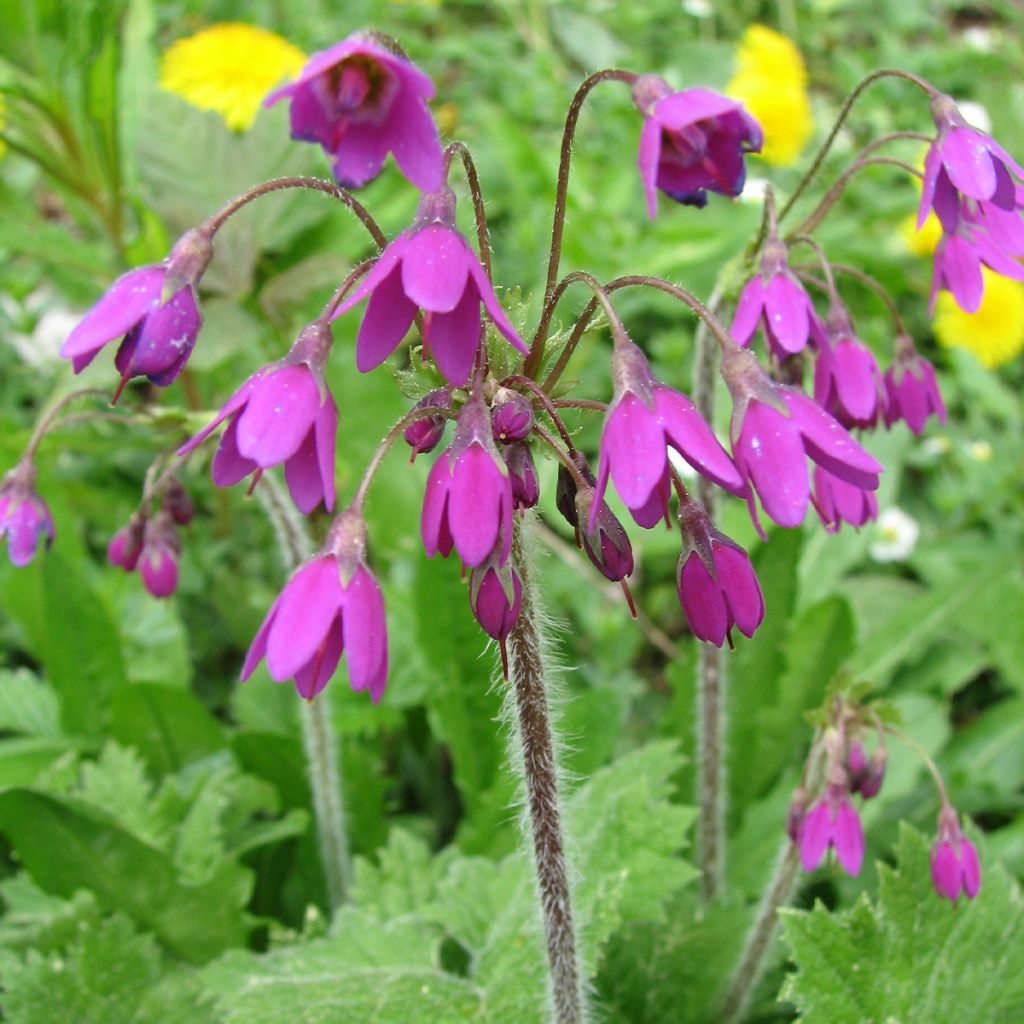

Cortusa matthioli ssp. pekinensis
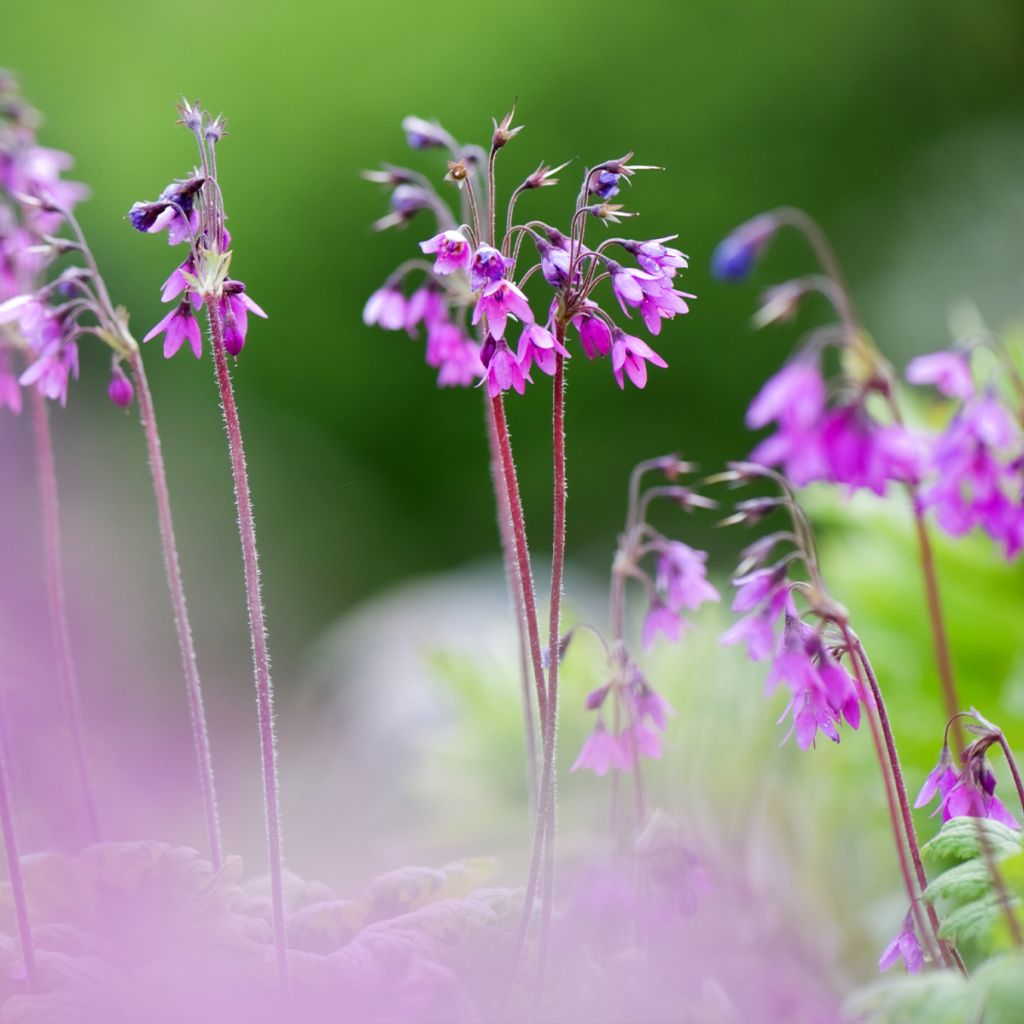

Cortusa matthioli ssp. pekinensis
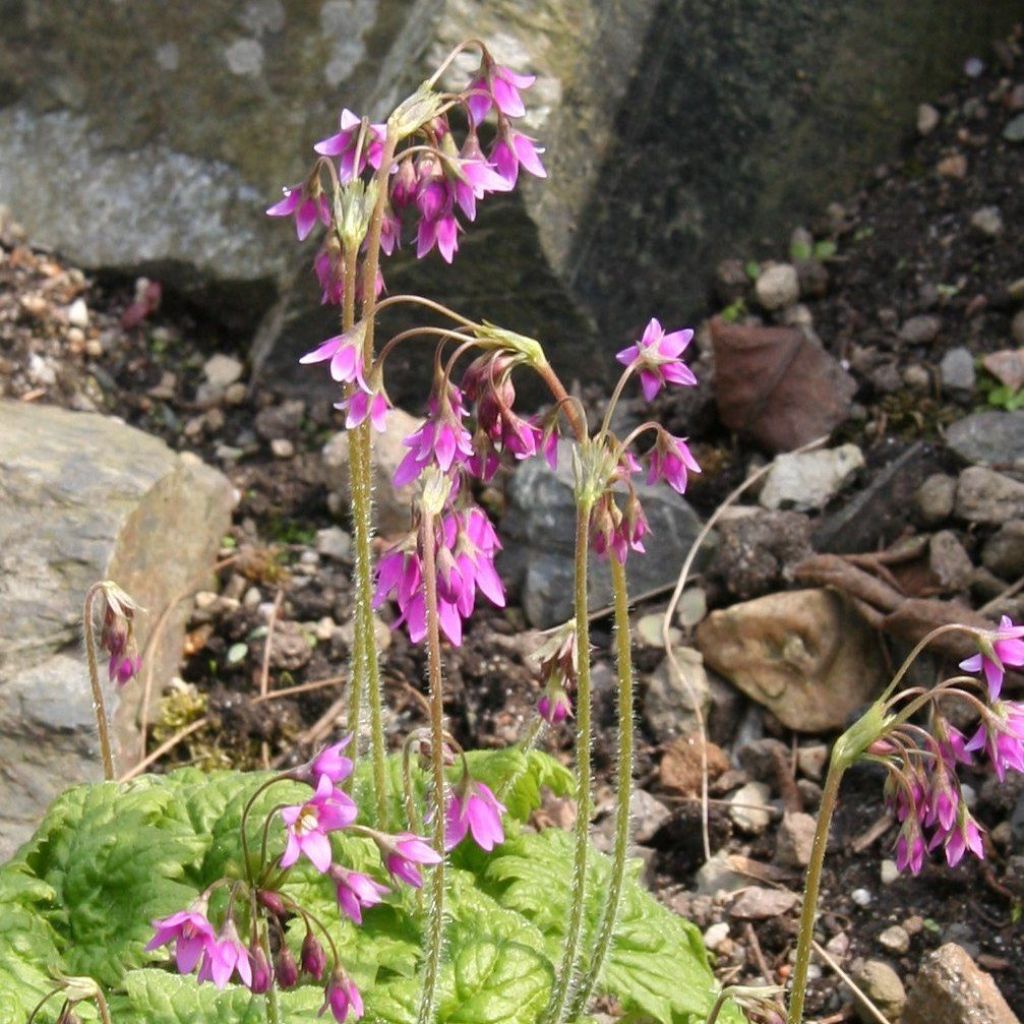

Cortusa matthioli ssp. pekinensis
Cortusa matthioli subsp. pekinensis
Cortusa matthioli subsp. pekinensis
This item cannot be shipped to the selected country
Delivery charge from €5.90
More information
Schedule delivery date,
and select date in basket
This plant carries a 12 months recovery warranty
More information
We guarantee the quality of our plants for a full growing cycle, and will replace at our expense any plant that fails to recover under normal climatic and planting conditions.
From €5.90 for pickup delivery and €6.90 for home delivery
Express home delivery from €8.90.
Does this plant fit my garden?
Set up your Plantfit profile →
Description
The Cortusa matthioli subsp. pekinensis, renamed Primula matthioli subsp. pekinensis, is a small woodland perennial similar to primroses. It offers graceful flowering in late spring, with purplish-pink flowers in the form of suspended skirts that bloom in small clusters on a downy stem. The plant forms rosettes of hairy, rounded, heavily lobed and dissected leaves. It thrives in shady and moist places, in rockeries or under trees.
The Primula matthioli subsp. pekinensis belongs to the Primrose family. It is a subspecies probably discovered in the Beijing region, as its name suggests. The type species, Primula matthioli, is found in central Europe, Arctic Russia, and boreal Asia. The pekinensis subspecies differs from it by having more deeply lobed leaves, with each lobe being more divided. The plant has a fibrous root, it is covered with small hairs and reaches about 30-35 cm (12-14in) in height when flowering. Its leaves emerge directly from the base in spring. They are heart-shaped, heavily lobed and toothed, carried by a long petiole. Their colour is a bright light green. Flowering occurs in June, more or less early depending on the climate (in June-July in the mountains). It takes the form of bare, downy, reddish spikes that grow taller than the leaves. The flowers are grouped in umbels of 4 to 10, hanging on slender pedicels of unequal length. Each flower has a green calyx surrounding a bell-shaped corolla with a short wide tube and 5 entire lobes. Their colour ranges from magenta pink to purple. The fruit is an oval-shaped capsule that opens at maturity to release numerous small seeds.
This small and rare perennial will delight collectors of alpine species and enthusiasts of fresh woodland plants. Quite hardy, the Primula matthioli subsp. pekinensis requires fairly specific growing conditions that can sometimes be difficult to provide. It prefers mountainous climates, soil and air humidity, and rich humus and clay soils that never completely dry out, without being waterlogged. To accompany it in a damp rockery, choose liverworts, auricula primroses, tiarellas, amongst others.
Report an error about the product description
Flowering
Foliage
Plant habit
Botanical data
Cortusa
matthioli subsp. pekinensis
Primulaceae
China
Other Perennials A to Z
Planting and care
The Primula matthioli subsp. pekinensis is a hardy plant that needs specific growing conditions to thrive. Growing it can be challenging. It likes mountainous climates with moist air and soil and soil that's rich in humus and clay. The soil shouldn't dry out entirely in the summer but shouldn't be too wet. The plant prefers cool temperatures and does well in humus and garden soil among limestone rocks. It needs to be in a slightly damp spot under deciduous or evergreen trees. It won't do well in drought, wind, summer heatwaves, or warm nights. It's okay if the soil has limestone in it.
Planting period
Intended location
Care
This item has not been reviewed yet - be the first to leave a review about it.
Haven't found what you were looking for?
Hardiness is the lowest winter temperature a plant can endure without suffering serious damage or even dying. However, hardiness is affected by location (a sheltered area, such as a patio), protection (winter cover) and soil type (hardiness is improved by well-drained soil).

Photo Sharing Terms & Conditions
In order to encourage gardeners to interact and share their experiences, Promesse de fleurs offers various media enabling content to be uploaded onto its Site - in particular via the ‘Photo sharing’ module.
The User agrees to refrain from:
- Posting any content that is illegal, prejudicial, insulting, racist, inciteful to hatred, revisionist, contrary to public decency, that infringes on privacy or on the privacy rights of third parties, in particular the publicity rights of persons and goods, intellectual property rights, or the right to privacy.
- Submitting content on behalf of a third party;
- Impersonate the identity of a third party and/or publish any personal information about a third party;
In general, the User undertakes to refrain from any unethical behaviour.
All Content (in particular text, comments, files, images, photos, videos, creative works, etc.), which may be subject to property or intellectual property rights, image or other private rights, shall remain the property of the User, subject to the limited rights granted by the terms of the licence granted by Promesse de fleurs as stated below. Users are at liberty to publish or not to publish such Content on the Site, notably via the ‘Photo Sharing’ facility, and accept that this Content shall be made public and freely accessible, notably on the Internet.
Users further acknowledge, undertake to have ,and guarantee that they hold all necessary rights and permissions to publish such material on the Site, in particular with regard to the legislation in force pertaining to any privacy, property, intellectual property, image, or contractual rights, or rights of any other nature. By publishing such Content on the Site, Users acknowledge accepting full liability as publishers of the Content within the meaning of the law, and grant Promesse de fleurs, free of charge, an inclusive, worldwide licence for the said Content for the entire duration of its publication, including all reproduction, representation, up/downloading, displaying, performing, transmission, and storage rights.
Users also grant permission for their name to be linked to the Content and accept that this link may not always be made available.
By engaging in posting material, Users consent to their Content becoming automatically accessible on the Internet, in particular on other sites and/or blogs and/or web pages of the Promesse de fleurs site, including in particular social pages and the Promesse de fleurs catalogue.
Users may secure the removal of entrusted content free of charge by issuing a simple request via our contact form.
The flowering period indicated on our website applies to countries and regions located in USDA zone 8 (France, the United Kingdom, Ireland, the Netherlands, etc.)
It will vary according to where you live:
- In zones 9 to 10 (Italy, Spain, Greece, etc.), flowering will occur about 2 to 4 weeks earlier.
- In zones 6 to 7 (Germany, Poland, Slovenia, and lower mountainous regions), flowering will be delayed by 2 to 3 weeks.
- In zone 5 (Central Europe, Scandinavia), blooming will be delayed by 3 to 5 weeks.
In temperate climates, pruning of spring-flowering shrubs (forsythia, spireas, etc.) should be done just after flowering.
Pruning of summer-flowering shrubs (Indian Lilac, Perovskia, etc.) can be done in winter or spring.
In cold regions as well as with frost-sensitive plants, avoid pruning too early when severe frosts may still occur.
The planting period indicated on our website applies to countries and regions located in USDA zone 8 (France, United Kingdom, Ireland, Netherlands).
It will vary according to where you live:
- In Mediterranean zones (Marseille, Madrid, Milan, etc.), autumn and winter are the best planting periods.
- In continental zones (Strasbourg, Munich, Vienna, etc.), delay planting by 2 to 3 weeks in spring and bring it forward by 2 to 4 weeks in autumn.
- In mountainous regions (the Alps, Pyrenees, Carpathians, etc.), it is best to plant in late spring (May-June) or late summer (August-September).
The harvesting period indicated on our website applies to countries and regions in USDA zone 8 (France, England, Ireland, the Netherlands).
In colder areas (Scandinavia, Poland, Austria...) fruit and vegetable harvests are likely to be delayed by 3-4 weeks.
In warmer areas (Italy, Spain, Greece, etc.), harvesting will probably take place earlier, depending on weather conditions.
The sowing periods indicated on our website apply to countries and regions within USDA Zone 8 (France, UK, Ireland, Netherlands).
In colder areas (Scandinavia, Poland, Austria...), delay any outdoor sowing by 3-4 weeks, or sow under glass.
In warmer climes (Italy, Spain, Greece, etc.), bring outdoor sowing forward by a few weeks.


































